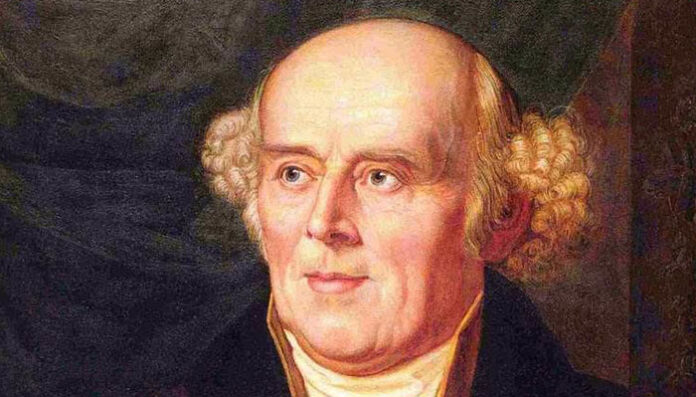That day is celebrated all over the world of Homeopathy for the last 267 years to mark the birthday of the German physician Dr. Christian Friedrich Samuel Hahnemann.
Dr. Hahnemann was a German physician and the founder of the system of therapeutics known to us as homeopathy. Dr. Hahnemann studied medicine at Leipzig and Vienna and received his M.D. degree at Erlangen in 1779.
In 1790, Hahnemann was translating William Cullen’s Lectures on the Materia Medica into German. Cullen, who was also called the Scottish Hippocrates, had given an explanation about why Cinchona bark was useful in intermittent fever. Cinchona bark contains quinine, which is a medicine used to treat malaria.
It was while translating the Materia Medica that Hahnemann was struck by the fact that the symptoms produced by quinine on the healthy body were similar to those of the disordered states that quinine was used to cure.
Hahnemann experimented with the effects of Cinchona bark on himself. He observed that Cinchona intake resulted in the occurrence of a condition simulating intermittent fevers.
The physician also experimented with substances commonly used in medicines at that time, including Antimony and Rhubarb. He also used poisons such as Arsenic and Belladonna. He observed that every substance he took produced distinct symptoms.
These observations led Hahnemann to assert the theory that “likes are cured by likes,” or “similia similibus curantur.” This means that diseases are cured or should be treated by those drugs that produce symptoms similar to the diseases in healthy persons, according to Britannica.
The physician promoted his principle in a paper published in 1796.
Hahnemann was convinced that drugs in small doses effectively exerted their curative powers. Therefore, four years later, he advanced his doctrine of the medicine “potentiation of dynamization.”
By 1810, he had completed his chief work, “Organon der rationellen Heilkunst”, which means “Organon of Rational Medicine.”
This work contains an exposition of his system, which he called Homöopathie or homeopathy.
Another work of Hahnemann, Regime Arzneimittellehre, 6 vol., which means “Pure Pharmacology”, and was completed in 1811, detailed the symptoms produced by “proving” a large number of drugs. In other words, the physician systemically administered the drugs to healthy subjects.
In 1835, Hahnemann moved to Paris, where he practised medicine with great popularity until his death.
Previously published on: abplive.com




